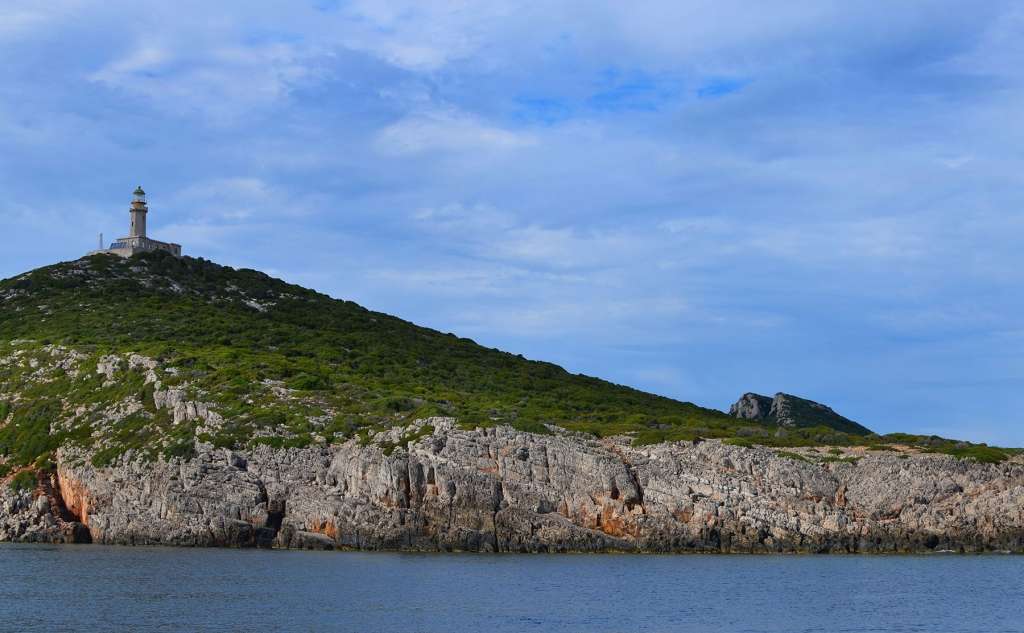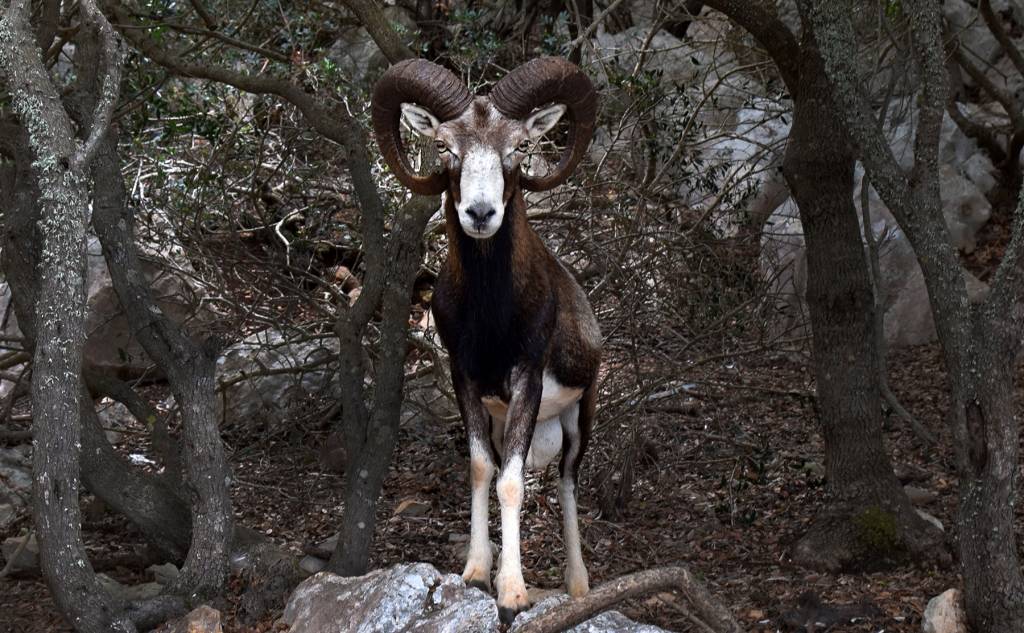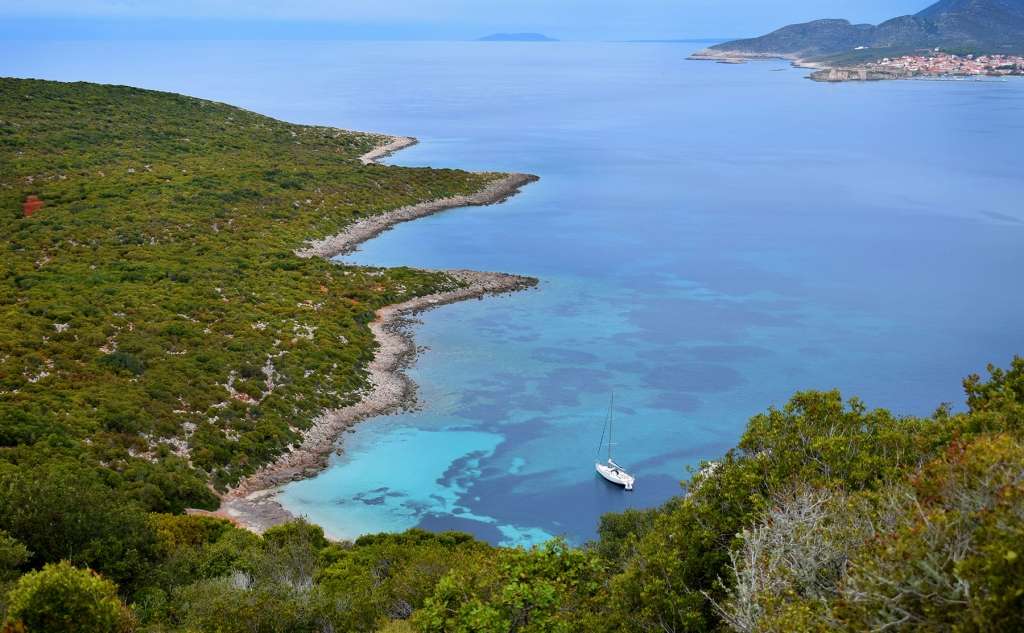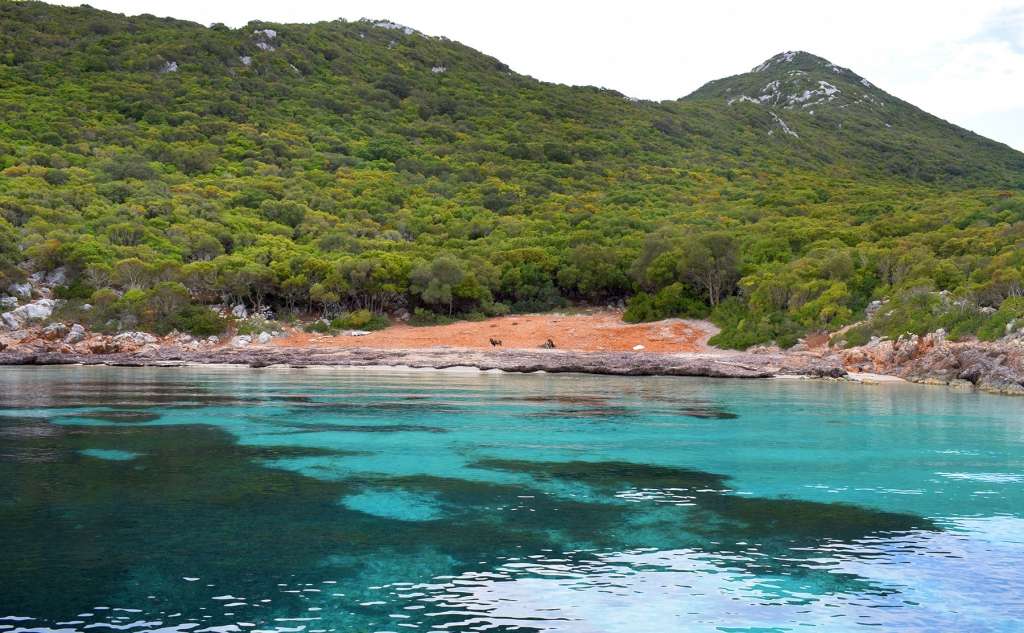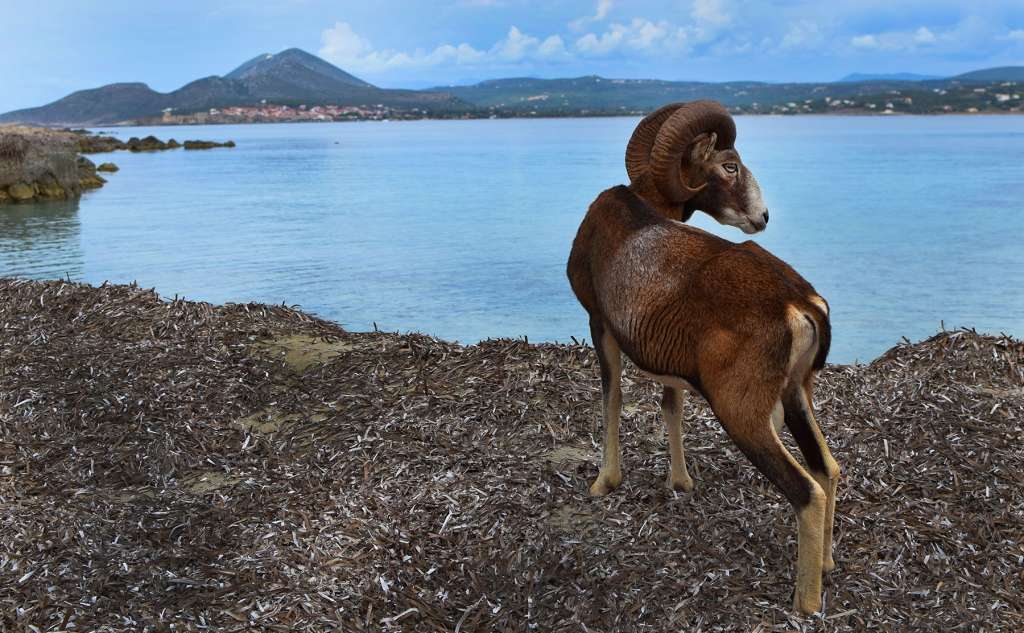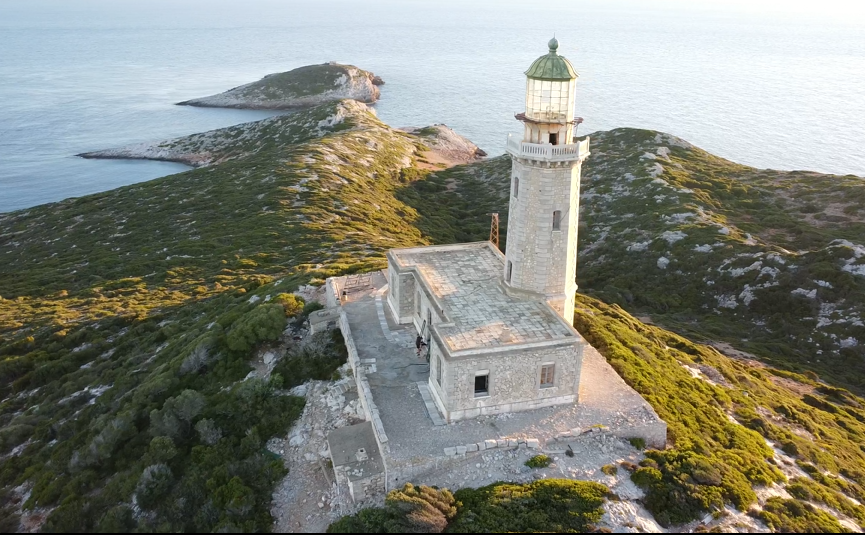Sapientza
Sapienza is the second largest island of the Messenian Oinoussas after Schiza. It is located opposite Methoni, and its name comes from the phrase "Navigare con sapienza", which means "Travel wisely" due to the sea reefs in the area. The island's area is 9 square kilometres, while access to the island is carried out by tourist boats from Methoni.
Southwest of Sapienza is the deepest point of the Mediterranean, known as "Tafros" or "Frear" of Oinoussa, with a depth of 5,269 metres. In fact, its depth was recalculated (confirming the original measurements) in January 2020 by the expedition organised by Prince Albert II of Monaco and Victor Vescovo. Also, in "Frear", the underwater telescope "Nestor" has been installed.
Sapienza is located on the critical maritime route that connects Italy with the Middle East, and several shipwrecks have been noted on its shores, some of which are of great archaeological value. Specifically, the "Wreck of the Columns" contained columns from the great peristyle that Herod had built in Caesarea, Palestine, in the 1st century AD, located at a depth of 10 metres near Cape Spitha. Equally important is the so-called "Sarcophagi Shipwreck", which contained Roman sarcophagi made of carved titanium stone. The cargo is dated to the 3rd century AD, and the decoration of the sarcophagi has floral designs and covers with carved horns. At this point, we should mention that findings from the two wrecks mentioned are exhibited at the "Marine Antiquities Museum" housed in the Pasha building in Niokastro, Pylos.
At the southern point of the island, visitors can see the lighthouse of Sapienza, which was built in 1885 by English technicians at the request of Queen Victoria. During the Second World War, the lighthouse remained off and was reactivated in 1944 as part of the reconstruction of the lighthouse network.
It is a stone-built lighthouse (polygonal on the outside and cylindrical on the inside) - a unique monument with exceptional architecture. In fact, it has been classified as a newer monument by the Department of Restoration of Newer and Modern Monuments of the Ministry of Culture.
Sapienza is the only place in the Mediterranean where koumarias (shrubs) become trees that reach 10 metres tall. They have formed an entire forest of evergreen broadleaves, the so-called "Koumarodasos", which extends over 240 acres. The forest is included in the Biogenetic Reserves, having great scientific value, and due to its rarity, it is now a protected natural monument. For this reason, the island of Sapienza is included in the "Natura 2000" network. At this point, we should mention that before reaching the so-called "Koumarodasos", an unusual sight is revealed in the depth of the verdant valley where an orange-yellow plateau stands out instead of vegetation. It is a peculiar rock formed by vast amounts of pollen accumulated at the spot. This valley is called "Spartolakka" and is the best source of information for scientists' dating of the forest. Furthermore, in Sapienza, there is dense Mediterranean vegetation of linden, holly, wild olive, thyme, etc., while here also lives a significant population of Cretan goats, the well-known Kri-Kri.
The island's coasts are rocky, except for Ammos Beach on the northern side of Sapienza. It is a small sandy beach with crystal clear waters opposite Methoni.
Finally, on the eastern side of Sapienza, visitors can see the rocky bay "Magazakia" from where the marked path that leads to the heart of the island begins.




